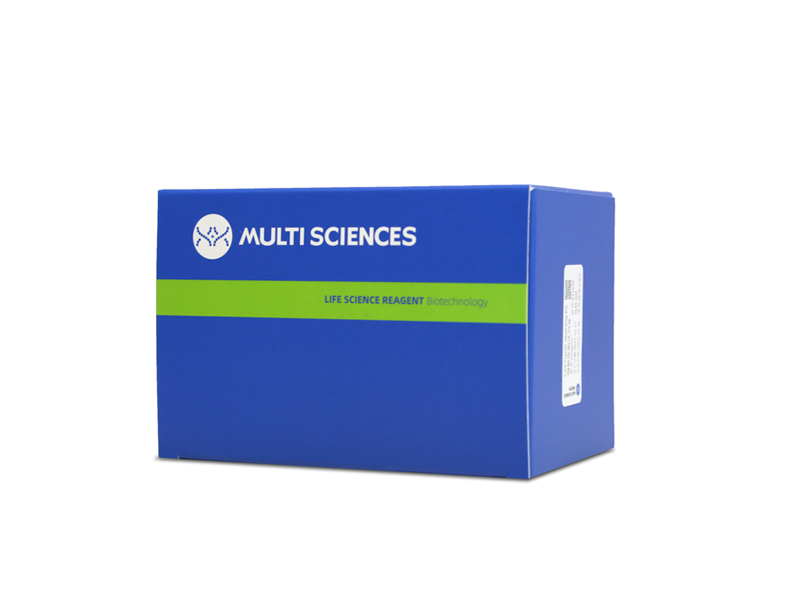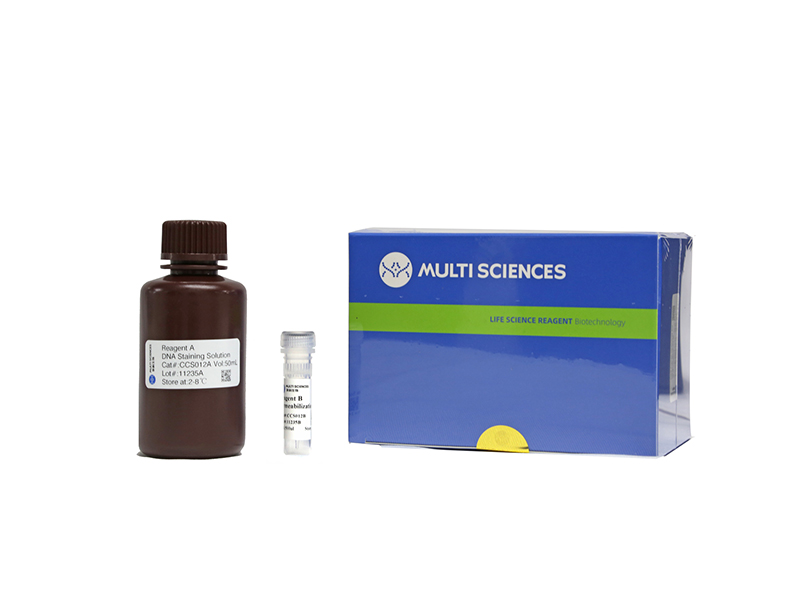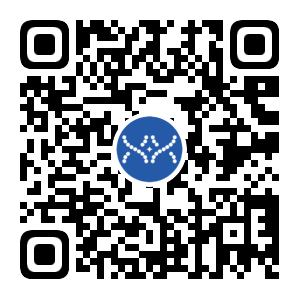Antibacterial and angiogenic wound dressings are highly desirable for chronic persistent skin injuries complicated by bacterial infection or diabetes. Herein, a series of quaternized chitin (QC) and fibroblast growth factor 2-hyaluronic acid (FGF2-HA)-modified poly(lactic-coglycolic acid) (PLGA) nanofiber dressings were successfully fabricated using layer-by-layer (LBL) self-assembly technology. The physicochemical and biological properties of the obtained dressings (named PQHF-n, with n = 0, 2, 6, or 10 corresponding to the number of QC layers) were investigated. PQHF-n showed broad-spectrum antibacterial activity against drug-resistant bacteria (MRSA), gram-positive bacteria (S. aureus) and gram-negative bacteria (E. coli). Additionally, PQHF-n exhibited good biocompatibility and bioactivity towards fibroblasts and human blood. PQHF-10 could promote the proliferation and migration of L929 cells by activating the cell cycle and epithelial-mesenchymal transformation (EMT) pathways. The in vivo application potential of PQHF-n was investigated using a MRSA-infected wound model. The results revealed that PQHF-10 could facilitate wound healing within 15 days mainly through reducing inflammation, enhancing collagen deposition, and promoting proliferation and vascularization. In conclusion, this work provided a multifunctional wound dressing material with potential for application in complex clinical practice.
文章引用产品列表
-
- CCS012
- 周期试剂盒
Cell Cycle Staining Kit 细胞周期检测试剂盒
- ¥390.00



